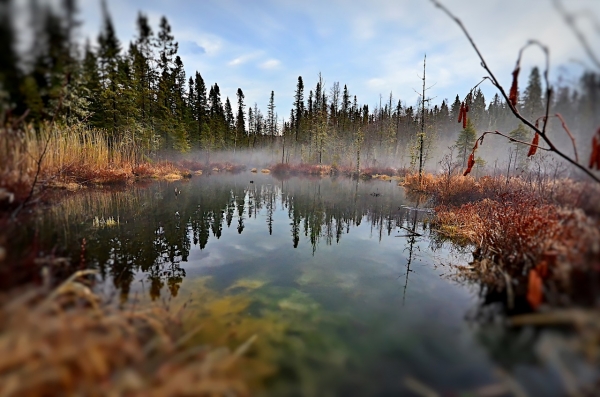Sea-level rise caused by climate change poses a serious and often unpredictable threat to coastal forests, and new tools are needed to help mitigate damage and allocate conservation resources.
A new study from North Carolina State University and the United States Geological Survey (USGS) details how satellite imagery may help identify forested areas that are being transformed into marshes and open water by sea-level rise, a process known as regime change. Marcelo Ardón, associate professor at NC State and co-author of a paper on the study, said that by predicting how an area is changing, this new modeling tool may help conservationists apply their limited funding in areas where it will be the most effective.
“We know that these coastal ecosystems are changing, and it’s hard to predict where and when the change is going to happen. What we found is that through remote sensing, you can get a trajectory of where an area is going,” Ardón said. “That way you can identify which areas might be better to put funding into; if an area might not need help, or if it is just too far into the regime change to pull it back. That in turn can help allocate those limited conservation dollars where they will make the most difference.”
Read more at North Carolina State University
Photo Credit: AlainAudet via Pixabay
Sci/Tech Climate Top Stories
